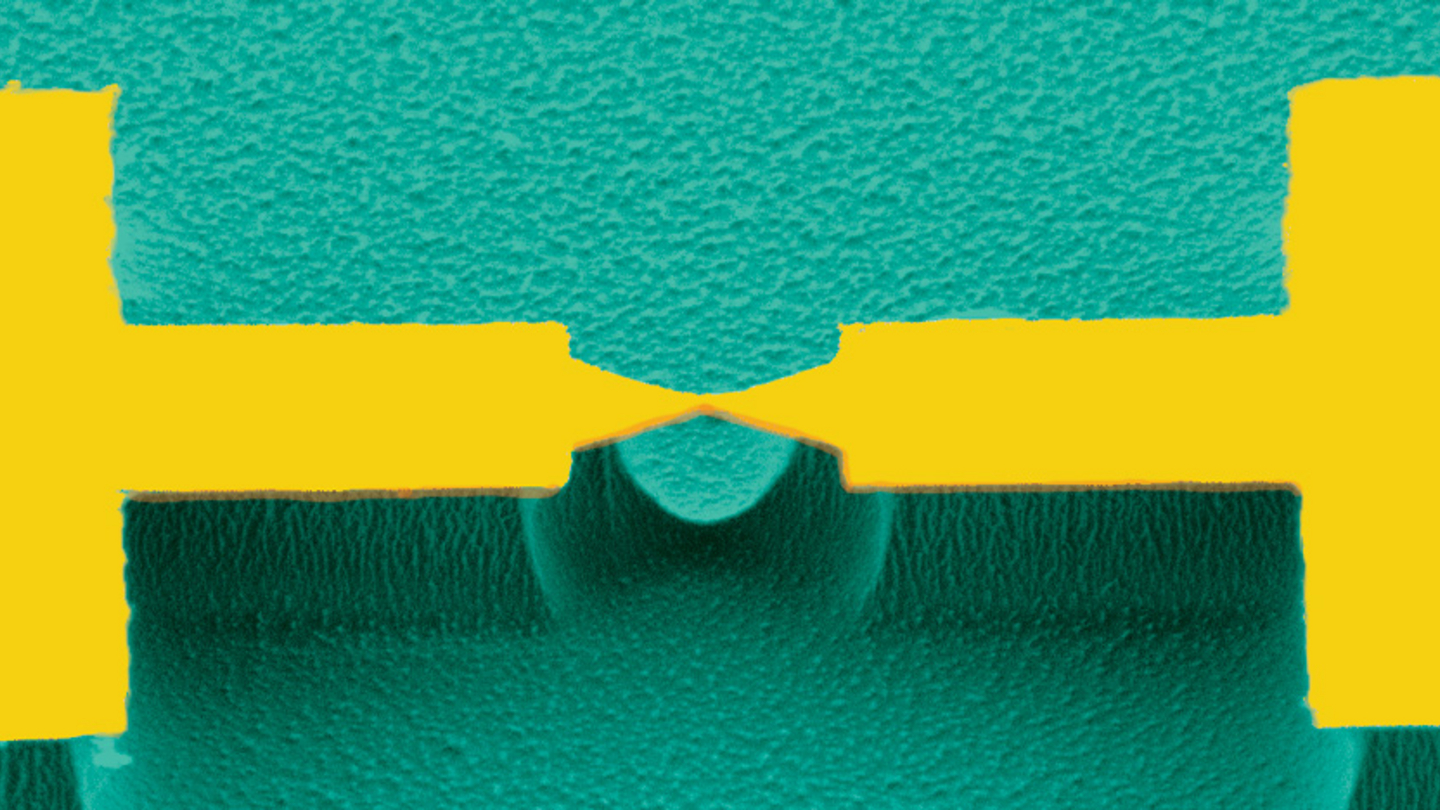_ Department 🔬 laboratory (propagation and expansion of nanochips)
A final and complete summary of the topic of nanochips Nano Chip
Researcher and author: Dr. ( Afshin Rashid)
Note: Most of the ingredients of chips and nanochips are silicon. By applying the appropriate voltage (threshold voltage) to the silicone solution, the repulsive force overcomes the surface tension of the silicone and a jet is formed. By evaporating the solvent from the jet, the liquid phase changes to solid and the primary nano materials of the chips are formed.
Many parameters affect the characteristics of the nanostructures produced by this method, the most important parameters are the distance between the needle and the collector, the applied voltage, the flow rate and the concentration of the silicone solution; By changing these parameters, the optimal dimensions of nanochips can be achieved. The diameter of nanostructures has a linear relationship with the flow rate and distance, and a non-linear relationship with the potential and concentration of the silicon solution in the production of nanochips and nanotransistors. With increasing distance and electric potential, the diameter of nanostructures decreases and increases with increasing current rate and electric potential.
In the production of nanochips and nanotransistors, when the repulsive force overcomes the surface tension, the electric field reaches a critical value or threshold. At first, the jet moves in a linear pattern, then slowly moves away from the linear pattern and forms a complex shape along the way to the collector. The structure and structure of the production of nanochips and nanotransistors and the length of the jet is proportional to the applied voltage. The Taylor nanocone structure changes from convex to concave by changing the field strength and subsequently (jet charge density). The miniaturization of components in microelectronic systems and circuits has caused a significant growth of this industry in recent years. The speed of growth of this industry is such that with the smaller components, the number of transistors in the unit area of each semiconductor chip and nanochips has increased. Reducing the dimensions of these components can reduce the consumption of raw materials and energy, reduce the cost of these parts, and increase their speed and efficiency. Therefore, making and developing electronic tools with smaller dimensions and greater speed and efficiency has become more important day by day.
Lithography is one of the most common methods for making electronic circuits. With the help of this method, structures can be made with precision and dimensions of 01 nm. Finding techniques with the help of which this method can be used for the industrial production of these parts (nanochips and microchips).
Conclusion :
Most of the components of chips and nanochips are silicon. By applying the appropriate voltage (threshold voltage) to the silicone solution, the repulsive force overcomes the surface tension of the silicone and a jet is formed. By evaporating the solvent from the jet, the liquid phase changes to solid and the primary nano materials of the chips are formed.
Researcher and author: Dr. ( Afshin Rashid)
Specialized doctorate in nano-microelectronics





